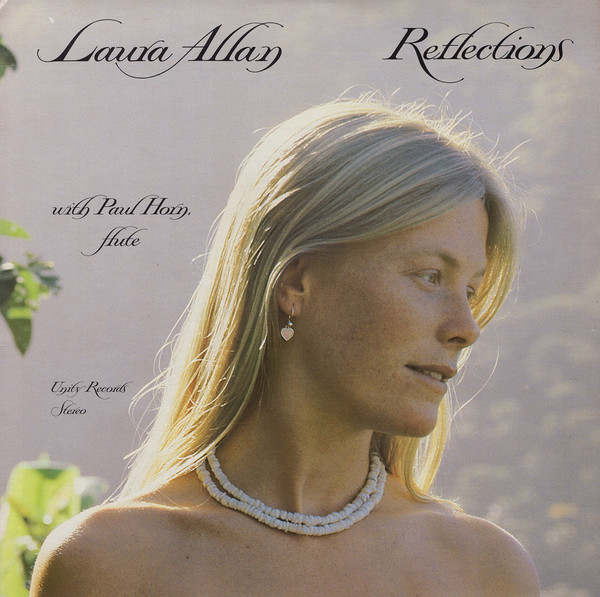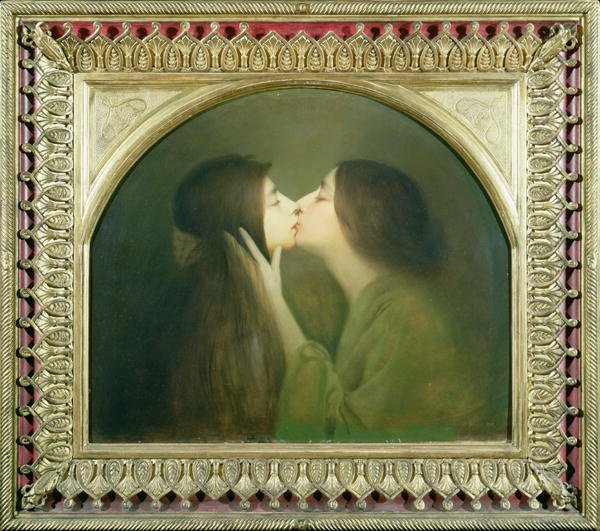
Pristine, jewel toned celestial new age from personal hero Laura Allan, who, in addition to being a gifted songwriter, multi-instrumentalist, and singer, also made instruments for the likes of Joni Mitchell and David Crosby. Allan sadly passed away in 2008 after a six month battle with cancer. I’ve been enjoying reading through threads of comments written by those who knew and loved her:
Laura Allan was a true talent, could pick up any instrument and play it, and had a voice that only an angel would dare to have.
Getting ready for our 40th high school reunion, I saw Laura’s name on the list. I remembered in an instant her mesmerizing face as she played her kalimba out on the grass where we all hung out at lunch. Inspired, I went out and bought one which I have treasured and still sits on my bookcase. We became friends and she took a bamboo flute which I had with holes punched in some of the strangest places (no wonder it wouldn’t play) and she taped up the ones that shouldn’t be there until it found its voice. Laura was a very different and enchantingly beautiful friend who made a lasting impression on me.
Reflections is exactly as it should be, veering in between lyrical, devotional folk (“As I Am”) and more cosmic new age spirals (“Nicasio”). Though there are synth lines tucked in around the edges, Allan’s zither takes center stage, and as such there’s an acoustic roughness to this record that I love. I also love the reverb quality, particularly that on Allan’s vocals. Featuring Paul Horn on flute (he really goes off in “Passage”), Steve Halpern executive production, and Geoffrey Chandler on synth (you may know him from his excellent Starscapes, released the same year). Dappled with sunlight and pale green, Reflections is prime summer new age. Ideal for fans of Dorothy Carter and David Casper. Thank you Andy for the reminder about this!



